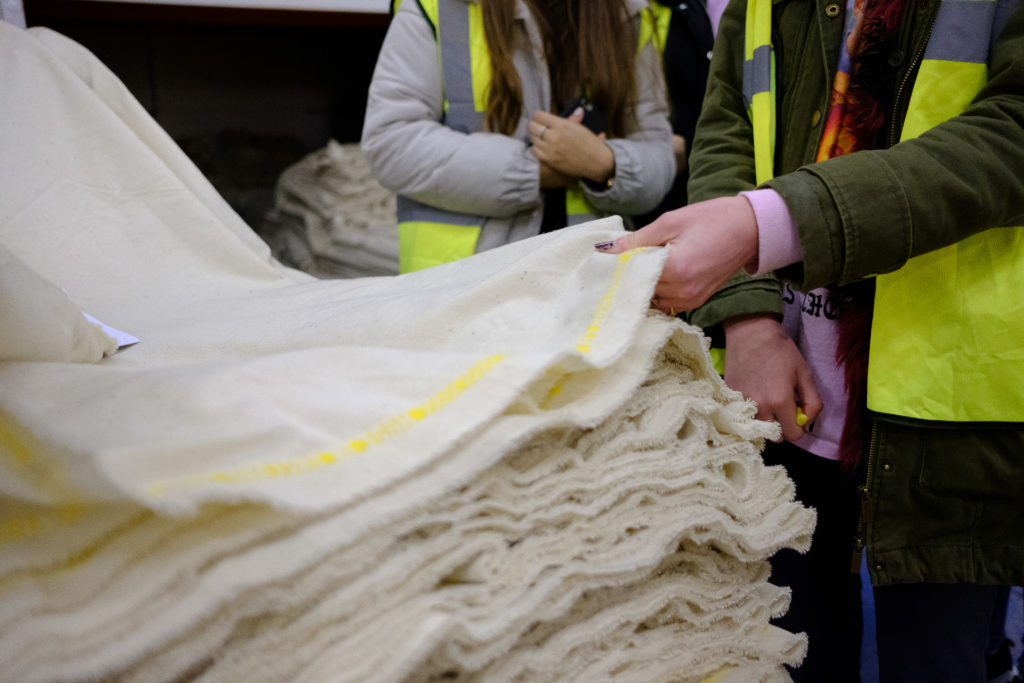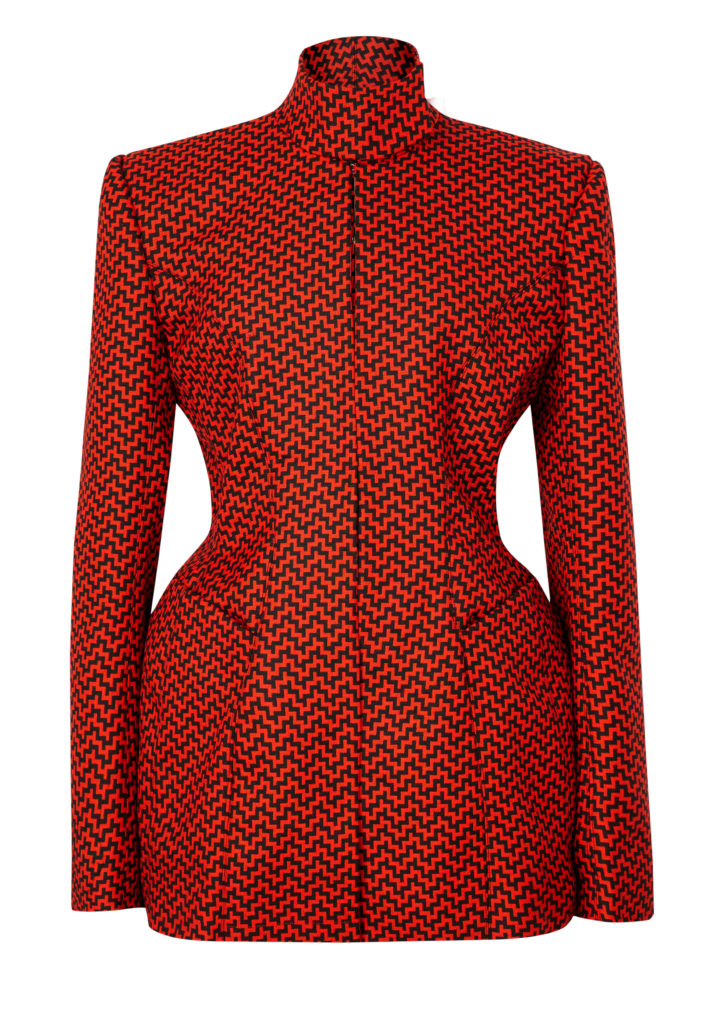AWH – a Tool to Digitally Communicate Aesthetics
AW Hainsworth needs no introduction: as long-time partners of Future Fashion Factory, we are proud of each of our collaborations with the specialist textile mill, and celebrate the recent spotlight that has been shone on their Royal Warrant status, and tradition of providing fabric for royal households in light of the coronation of King Charles.
In parallel to their rich pedigree of textile heritage, we would also like to champion their approach to innovation, specifically in regard to a collaborative R&D project that was able to tackle the challenge of digitally communicating fabric’s tactile and aesthetics qualities, without the need to produce physical samples. On the one hand, all manner of organisations that enter into business with textile manufacturers, such as fashion designers, buyers, and retailers, require a faithful understanding of their product ranges. On the other hand, it has traditionally been impossible to develop new fabric designs rapidly nor to effectively communicate the physical properties of said textile fabrics in a wholly digital environment, for example, the garment made by the new fabric design. As a result, product samples and swatch books are produced and shipped at great cost (in terms of both resources, time and environmental impact) to meet this need. What’s more is that these samples are often only illustrative, and should the client not proceed in business with the manufacturer, there is significant waste.
It follows that the ability to accurately convey textile’s fabric qualities, inclusive of its tactile and aesthetic properties such as fabric drape, in a wholly digital manner would reduce these costs, freeing up more human resources for the manufacturer, and lessening the impact on the environment.
About the Project
In a funded collaborative R&D project, AW Hainsworth, working alongside Professor Ningtao Mao at the University of Leeds, have been able to successfully develop an Artificial Intelligence (AI) driven software tool that can effectively predict both the tactile and aesthetic properties (or drape) of new fabric designs before the fabrics made. This has been achieved through the deployment of machine learning algorithms that have been trained with data-sets of the fabric tactile/mechanical properties and their structural parameters of existing fabrics including their compositions, fabric weight, thickness, weave structure, yarn counts and density, finishing and technical route.

These fabric tactile properties are characterised and digitised using an innovative Leeds University Fabric Handle Evaluation System (LUFHES). This enables the prediction of fabric aesthetic properties, such as static and dynamic drape which are rendered through the fashion design software, solely based on fabric structural parameters. This system enables fabric designers to communicate the fabric qualities (both tactile and aesthetic properties) with their clients, fashion designers and end-users remotely.
Project Outcomes

This new system has also enabled fabric designers/producers to communicate the quality (tactile and aesthetics) of their new fabric designs, in any virtual garment design before the fabrics are made, with their clients including fashion designers, garment manufacturers, brands, buyers, end-users and consumers in every area of their global textile supply chain remotely. These advancements will allow new fabric designs to be developed, evaluated, and communicated in a faster, more responsive and environmentally-friendly way, thereby reducing waste and resource consumption.
By eliminating the need to produce swatches when communicating fabric quality with clients, it goes without saying that AW Hainsworth will be able to save money, reduce lead times, and lessen their overall environmental impact.
This project has produced an unprecedent digital tool to enable the digital design, development and communication of the new fabric design throughout the fashion supply chain visually and remotely.
Professor Ningtao Mao
